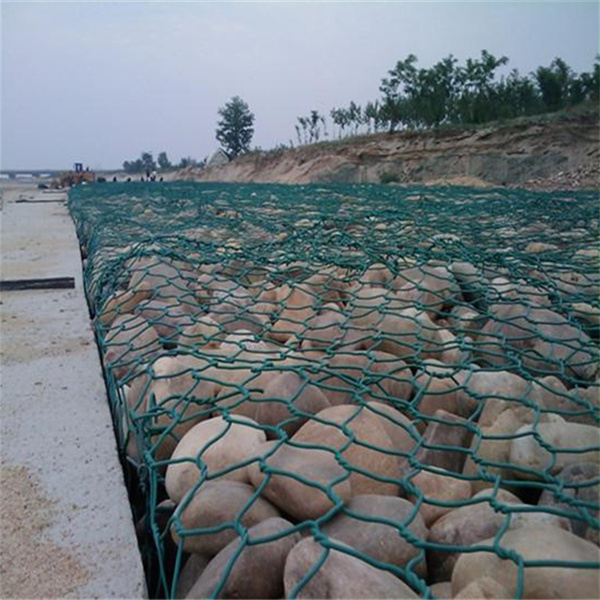നവം . 17, 2024 03:55 Back to list
Optimal Solutions for Effective Gabion Protection Systems in Environmental Applications
The Best Gabion Protection A Comprehensive Guide
Gabion structures have become increasingly popular in various civil engineering applications, especially in erosion control, retaining walls, and landscaping projects. These wire mesh baskets filled with stones, rocks, or other materials provide robust protection against environmental forces, making them an ideal choice for a range of applications. In this article, we will explore what makes gabion protection effective and the considerations for the best results.
Understanding Gabion Structures
Gabions are essentially cages or boxes made of galvanized steel or PVC-coated wire. They are filled with durable materials such as rocks, boulders, or concrete to create a strong barrier. This unique design allows gabions to adapt to natural shifts in the ground and water, providing effective stabilization and erosion control. The interlocking design of the stones within the gabion promotes drainage and reduces hydrostatic pressure, contributing to their longevity and effectiveness.
Benefits of Gabion Protection
1. Environmental Sustainability Gabions utilize natural materials, which minimizes environmental impact. The use of locally sourced rocks and stones not only ensures structural integrity but also enhances the aesthetic appearance of the landscape.
2. Cost-Effectiveness Gabion installations are generally less expensive than traditional concrete structures. The use of low-cost materials and the ability to perform installations without heavy machinery contribute to significant savings.
3. Flexibility and Adaptability One of the standout features of gabions is their ability to conform to changes in the environment. Whether it’s soil erosion, shifting landscapes, or sudden flooding, gabions can effectively absorb and redistribute forces, providing protection that adjusts to changing conditions.
4. Ease of Installation Gabion structures are relatively simple to install. They can be assembled quickly on-site and require minimal labor. This makes them a practical option for various projects, from small garden installations to large-scale civil engineering ventures.
best gabion protection

5. Aesthetic Appeal When filled with aesthetically pleasing stones, gabions can enhance the natural beauty of an area. They can be designed to complement existing landscapes, providing not only function but also style.
Choosing the Best Gabion Protection
To ensure the effectiveness of gabion structures, several important factors must be considered
- Material Quality Selecting high-quality wire and stone is crucial for longevity. The wire should be resistant to corrosion, especially in environments with high moisture. Similarly, the stones used should be durable enough to withstand environmental stress.
- Proper Design Consider the specific landscape and requirements of your project. The size, shape, and placement of gabions can significantly influence their effectiveness. Consult with an engineer or a specialist to determine the best design for your needs.
- Maintenance Although gabions are low-maintenance, regular inspections can help identify and rectify any issues before they become significant problems. Ensure that the gabions remain intact and well-filled to provide maximum protection.
- Environmental Considerations Assess the environmental impact of your project. Ensure that the selection of materials and the construction process align with sustainable practices.
Conclusion
Gabion structures offer a versatile and effective solution for erosion control and landscape stabilization. By understanding the benefits and properly selecting and installing gabions, you can achieve optimal protection for both natural and engineered environments. Embrace the blend of functionality and aesthetics that gabions provide, making them a superior choice for modern applications.
-
Wire Mesh Thickness Impact on Gabion Wall Load Bearing
NewsAug.12,2025
-
Ultimate Guide to Hexagonal Gabion Box
NewsAug.12,2025
-
Types of Rocks for Gabion Baskets Durability and Aesthetics
NewsAug.12,2025
-
Standard Gabion Box Sizes and Their Industrial Applications
NewsAug.12,2025
-
Easy Guide to Building Garden Gabion Cages at Home
NewsAug.12,2025
-
Drainage Solutions for Gabion Mesh Structures
NewsAug.12,2025
-
Visualizing Gabion 3D Integration in Urban Landscapes with Rendering
NewsJul.23,2025






